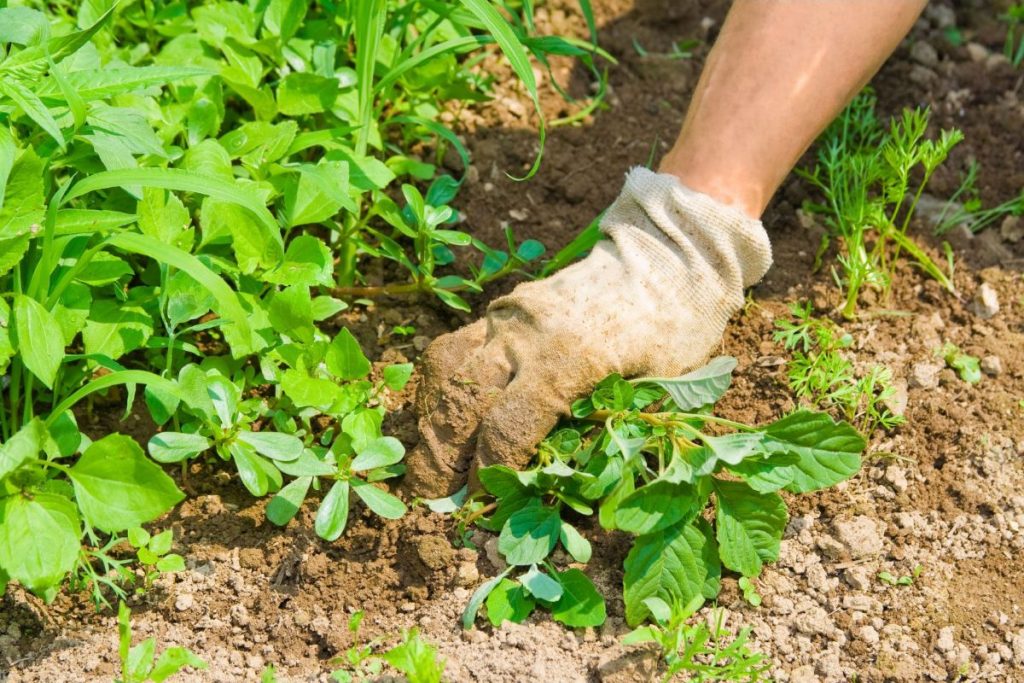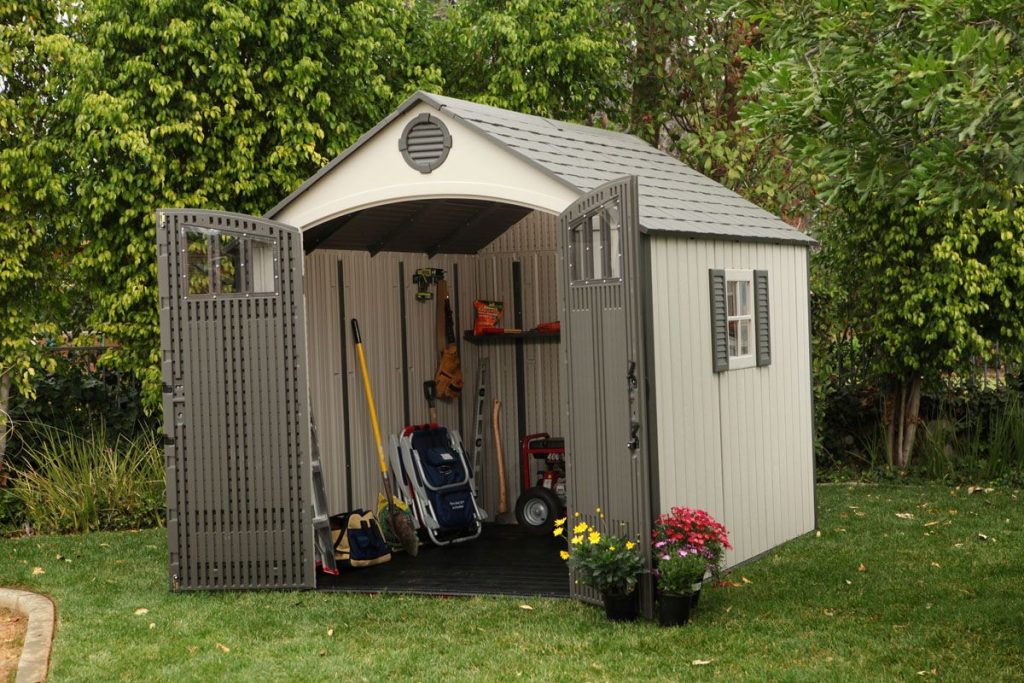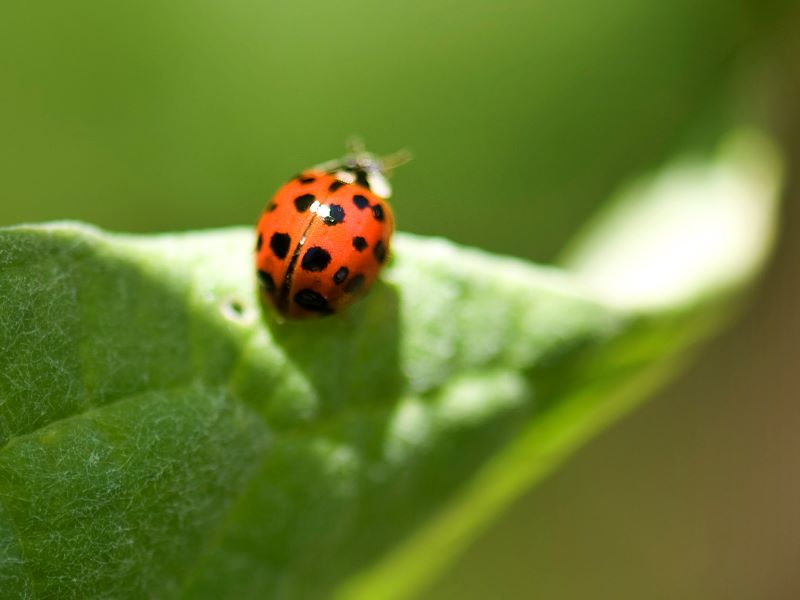Table of Contents
If you are someone who wants to achieve a perfect lawn without spending a lot of money, you need to understand proper lawn care tips to keep it green throughout the year. Here are some basic lawn care tips for each season:
Lawn care for spring:
• Do not mow the grass when it is wet.
• Fertilize your lawn during spring and fall.
• Apply pre-emergent herbicide in your yard to prevent any weed growth.
• Punch tiny holes in your lawn to facilitate the entire system.
Lawn care for early summers:
• Cut your grass frequently and invest in a self-propelled lawn mower.
• Look for white, C-shaped grubs after pulling back the sod and use chemical pesticides for lawn treatment.
• Remove pesky weeds manually or use a post-emergent herbicide.
Lawn care for summer:
• Keep the underneath of your mower clean.
• Set the mower blade height to 3 inches.
• Scatter pie tins across your backyard to understand the amount of water that is collected within a specific duration.
• Remove large clumps of grass and debris.
• Keep watering infrequent and deep.
Lawn care for early fall:
• Mend any bare spots in your yard.
• Use a hard-toothed rake to make the seed work into the soil.
• Add compost to your soil and sprinkle grass clippings all over the patch of land.
• Add grass seeds that are adaptive to full sun or shade.
Lawn care for fall:
• Keep your backyard free of debris and leaves.
• Use a mulching mower to add organic matter.
• Utilize this time for fertilization in places with cold winters.
By following these tips, you can achieve a thriving and healthy lawn while saving time and money. Remember to plan accordingly and stick to using native plants if you have a tight schedule.
Additional lawn care tips
Watering
Watering is an essential part of lawn care. During the hot summer months, it is important to water your lawn deeply and infrequently. This means that you should water your lawn for a longer period of time but less often. This will encourage the roots to grow deeper, making your lawn more drought-resistant.
It is best to water your lawn in the early morning when the air is cooler and there is less wind. This will ensure that the water is absorbed by the soil rather than evaporating. Avoid watering in the evening as this can encourage the growth of fungi and diseases.
Soil Testing
To maintain a healthy lawn, it is important to test the soil periodically. A soil test will determine the pH level of your soil and identify any nutrient deficiencies. Based on the results, you can adjust your lawn care routine accordingly.
For example, if your soil is acidic, you can add lime to raise the pH level. If your soil lacks nitrogen, you can add a nitrogen-rich fertilizer to promote healthy growth.
Overseeding
Overseeding is the process of spreading grass seed over an existing lawn to thicken it up. This can help to fill in bare spots and make your lawn more resilient.
To overseed your lawn, first, mow it shorter than usual. Then, spread the seed evenly over the lawn using a spreader. Rake the seed gently into the soil to ensure good contact. Water the lawn lightly to help the seed germinate.
Dethatching
Over time, a layer of dead grass and other debris can build up on your lawn. This is called thatch, and it can prevent water and nutrients from reaching the roots of your grass.
To remove thatch, you can use a dethatching machine or a rake. If you are using a rake, be gentle to avoid damaging the grass. It is best to dethatch in the spring or fall when the grass is actively growing.
Edging
Edging is the process of creating a clean, defined border around your lawn. This can help to keep grass from encroaching on flower beds and other areas.
To edge your lawn, use an edger tool or a flat shovel to create a clean line between your lawn and other areas. You can also use a string trimmer to create a neat edge.
Pest Control
Pests such as insects and rodents can damage your lawn and plants. To control pests, you can use chemical pesticides or natural alternatives such as neem oil or diatomaceous earth.
It is important to identify the type of pest you are dealing with before choosing a treatment. For example, grubs can be controlled with milky spore or nematodes, while rodents can be deterred with physical barriers or traps.
Winterizing
Winter can be a challenging time for lawns, especially in colder climates. To prepare your lawn for winter, you can take several steps:
- Fertilize in the fall to promote strong root growth
- Mow your lawn shorter than usual to discourage disease and pests
- Remove leaves and debris to prevent mold and fungal growth
- Cover delicate plants with burlap or other protective material
By taking these steps, you can help your lawn survive the winter and emerge healthy and vibrant in the spring.
In conclusion, caring for your lawn requires a bit of effort and attention, but the results are worth it. By following these tips and techniques, you can enjoy a beautiful, healthy lawn year-round.








